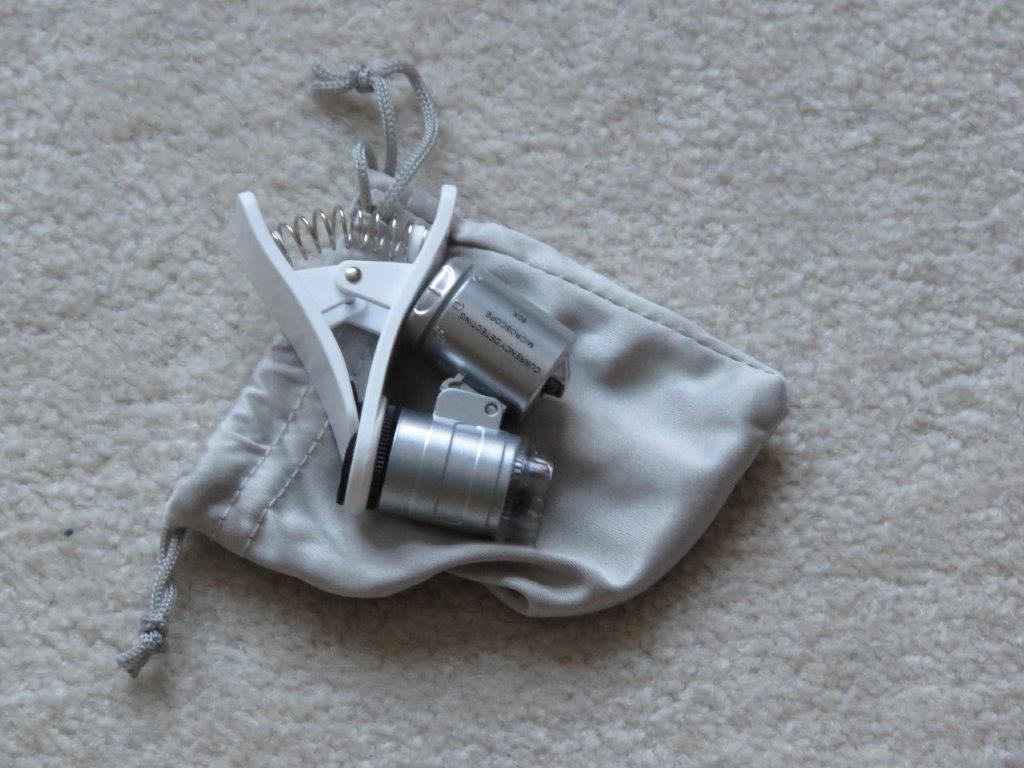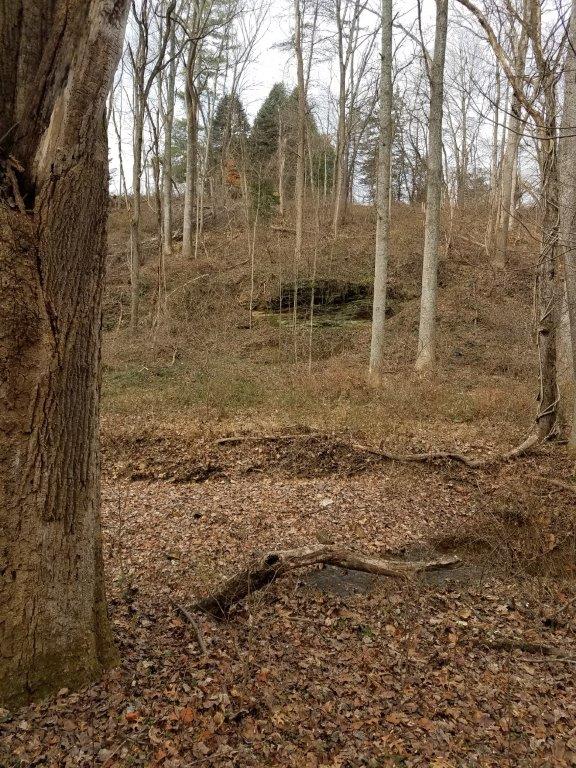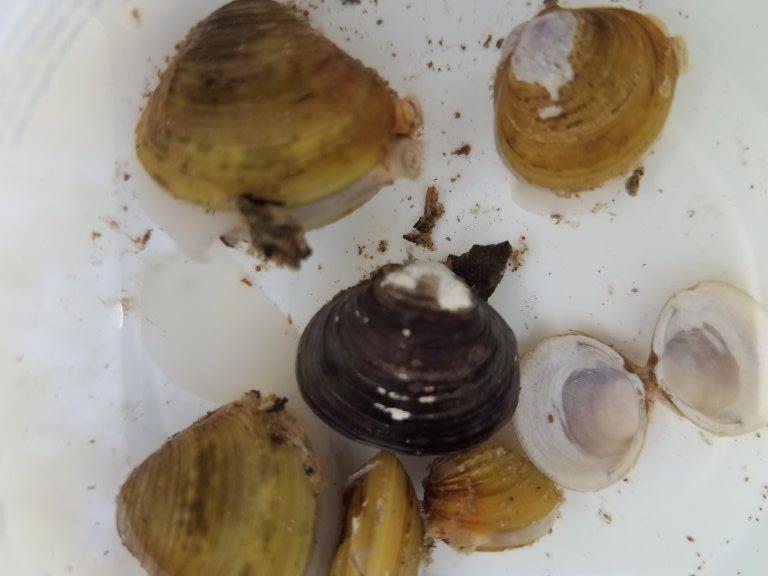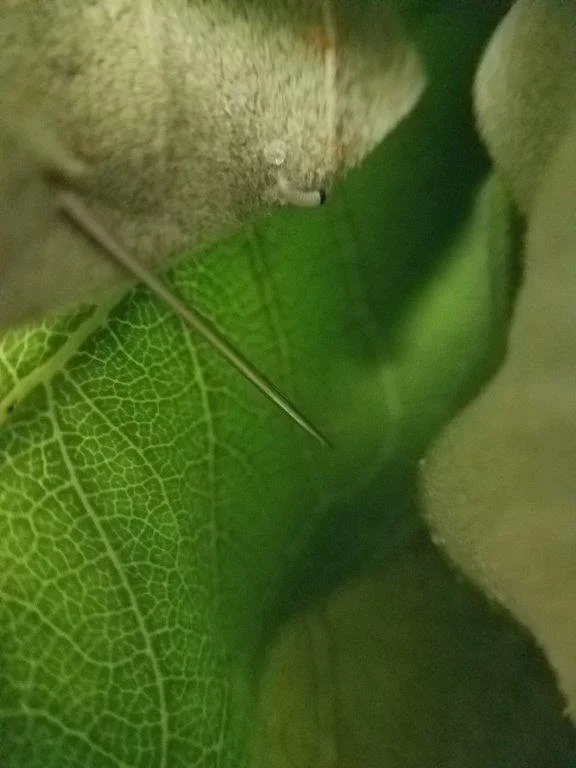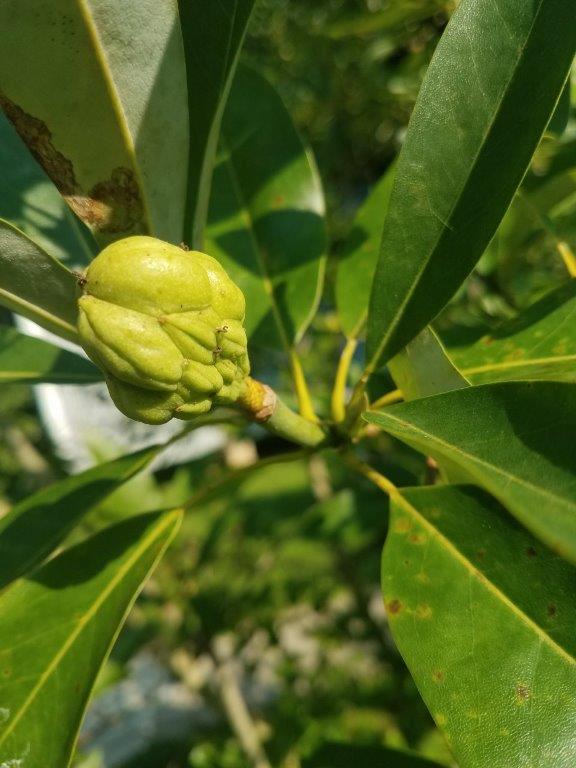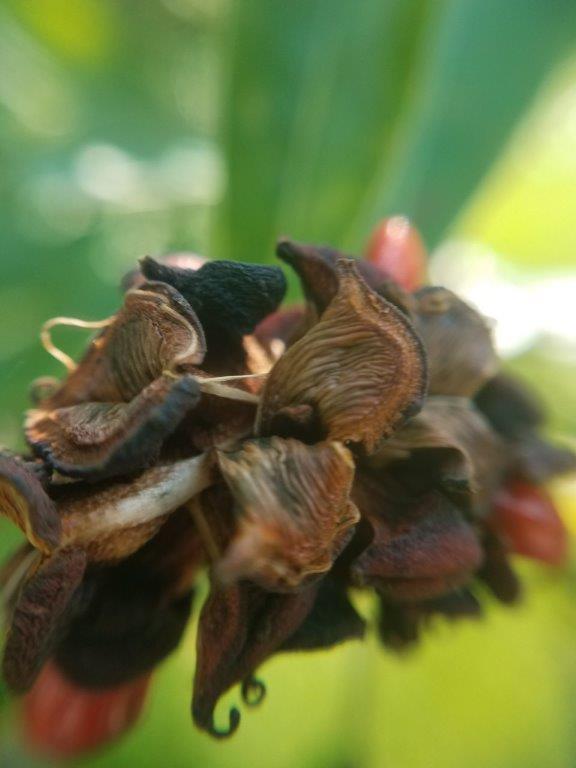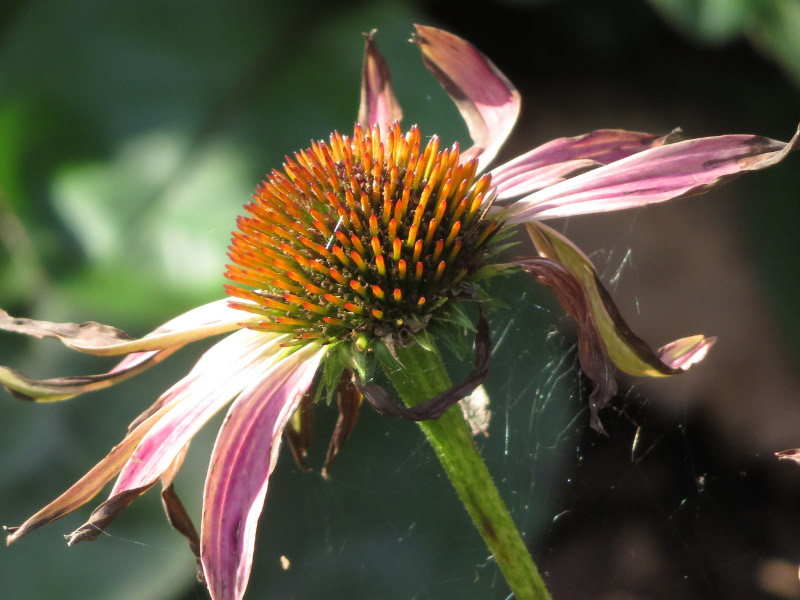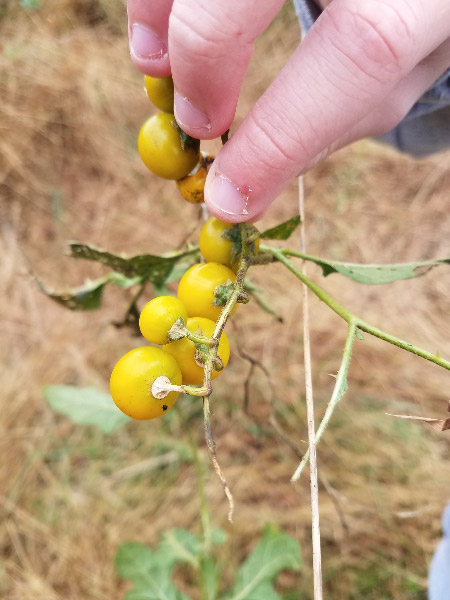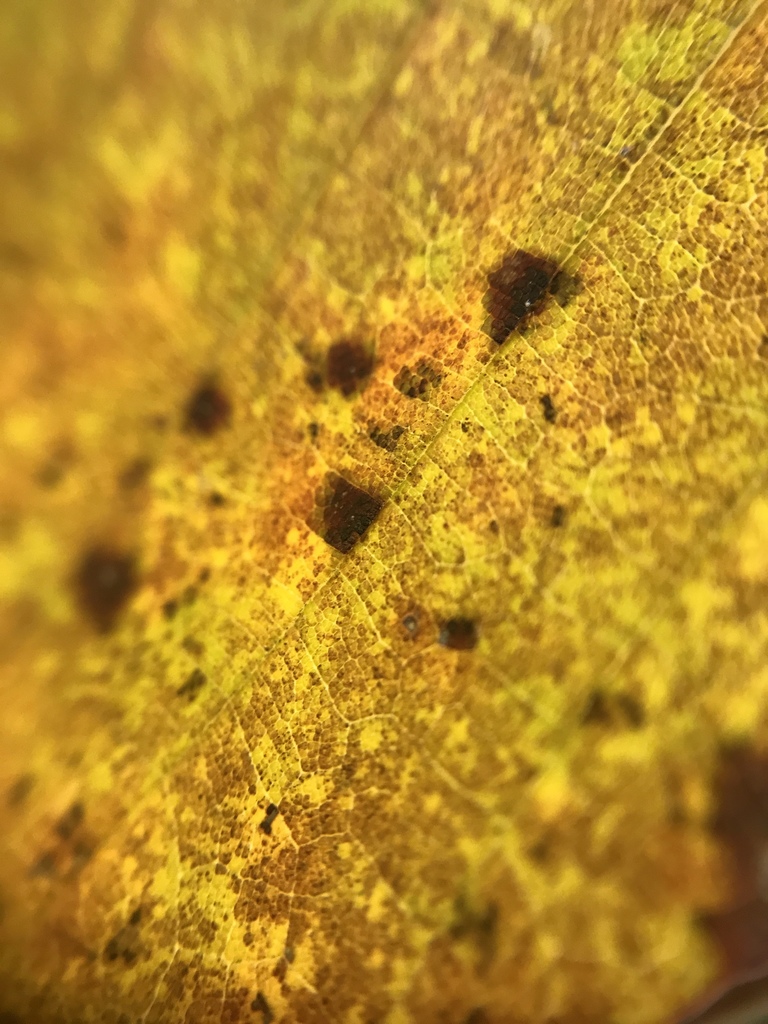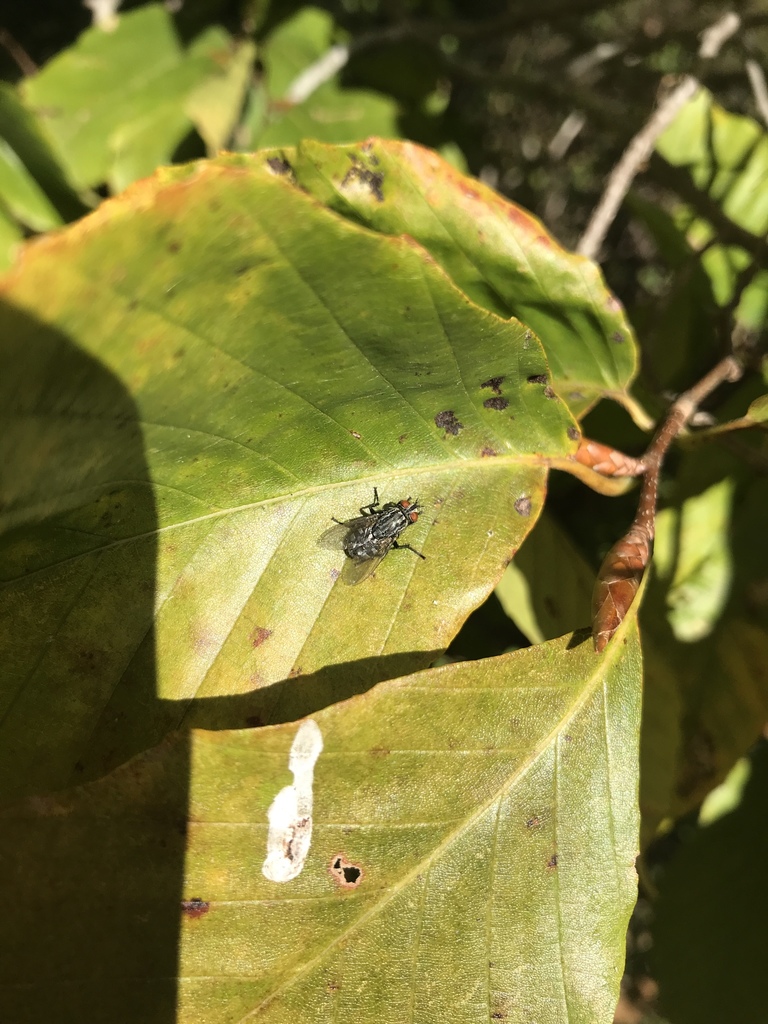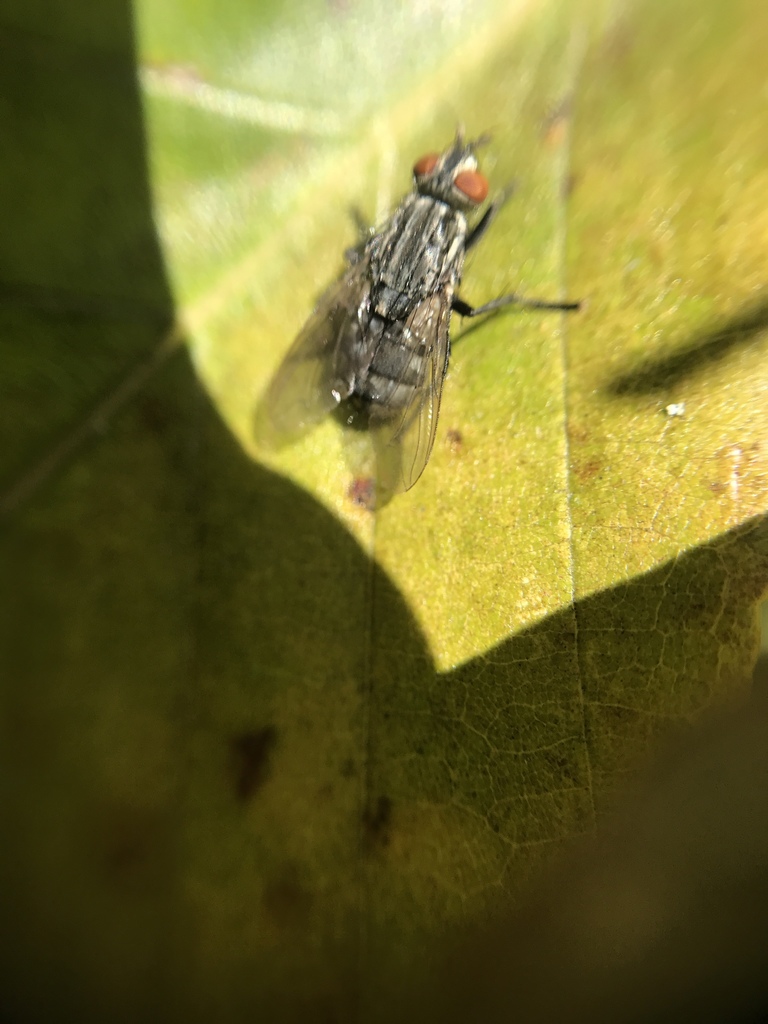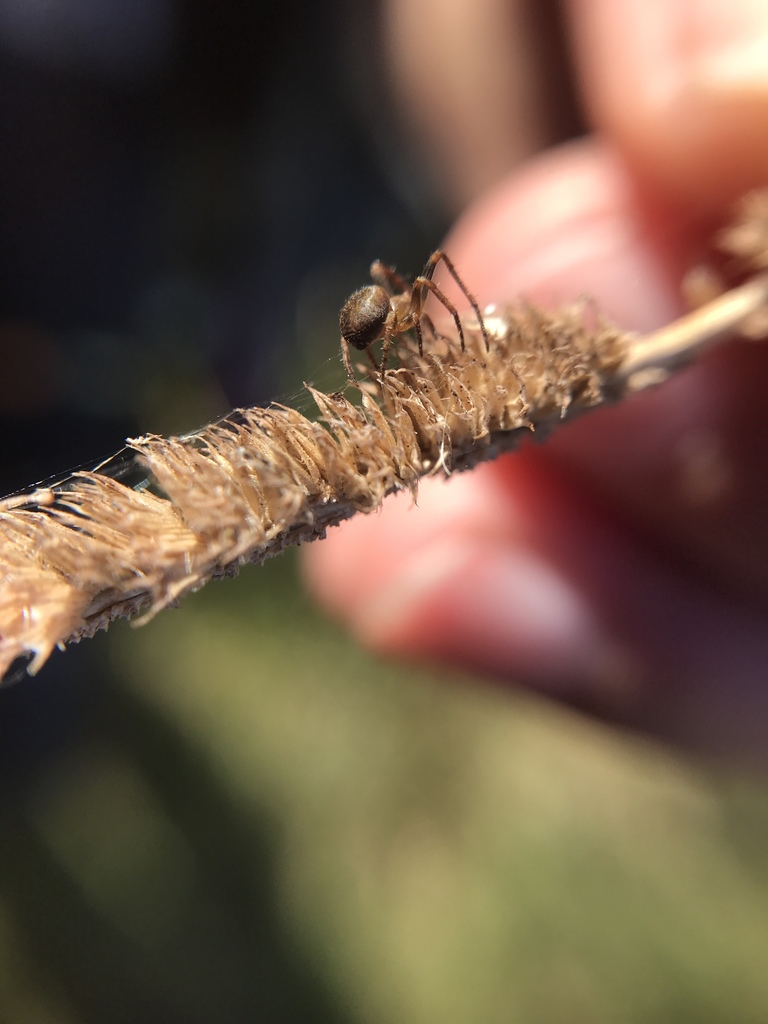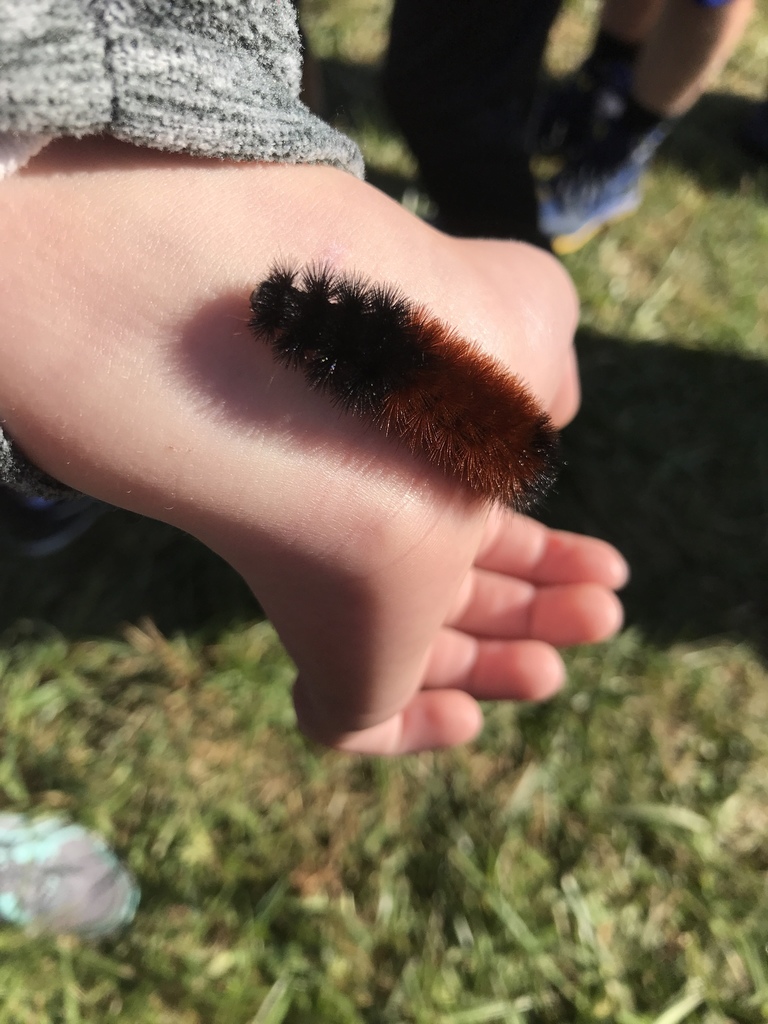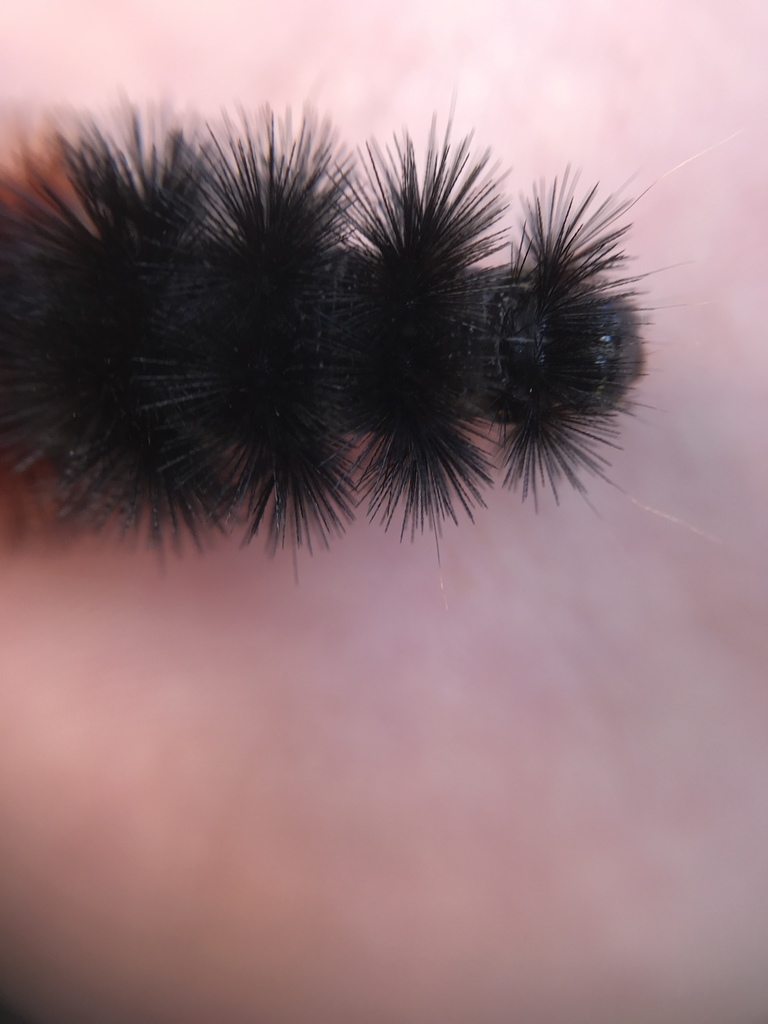Smartphone Nature Photography – part 1
/We almost always have our smartphones with us….ready for those natural events that just happen and for planned photoshoots. I pulled together a presentation of a Maryland Master Naturalist retreat on the topic and am using it as a basis for the blog posts for today and tomorrow.
Gear
Learn about the camera in your phone. Two critical aspects: 1) Usually the autofocus is reasonably good but tapping on the screen where you want the focus to be can sometimes improve results. Do some experiments to see how close you can be and maintain the focus on your subject. 2) Realize that the zoom is digital – not optical. You are better off getting close to your subject rather than zooming. This is difficult if your subject is an animal that will move if you get close. Birds are notoriously difficult to photograph with a phone.
Consider a lanyard. I like to carry my phone on a lanyard (one that is structured to not obstruct the camera) so that I can be ‘hands free’ while I am hiking or rolling over logs…just doing regular naturalist things. I want my phone to be easy to access – easier than getting it out of a pocket or pack.
I enjoy using macro lenses. I have 3 different kinds (8x, 15x, and 60x) and tend to use the 15x clip the most. Sometimes I just have it on my phone so that I can move it over the camera as needed. The depth of field is very shallow with the magnification and the phone must be close to the subject. Practice the best stance to steady your hands. I find that tucking my elbows into my body helps….and using one had to hold the phone and the other to take the picture.
Examples of Smartphone nature photography
BioBlitz. Almost all the BioBlitz pictures are taken with smartphones or tablets. Sometimes we use hands for scale – and sometimes the macro lens gives a new perspective! These are pictures taken during BiobBlitz: spotted salamander, wooly bear caterpillar, milkweed.
Landscapes. The joy of being outdoors! Try to get something of high interest in the landscape: the trail as a leading line, clouds over the trees, an early winter scene with bare trees/large rock/pines.
Macro. The macro lens offers to many opportunities to observe more closely than you can observe with just your eye: clams filter feeding, the center of sunflower.
A chicory flower, a newly hatched Monarch butterfly caterpillar turning to eat its egg covering, and damselfly larvae.
A few minutes observing. I play a game with myself looking closely at one thing and taking photos as fast as I can over a short period of time. In this case it was a sweet bay magnolia. There were seed pods at several stages of development and some eggs under a leaf (maybe a leaf footed bug…if I was patient enough I could see what hatched but that was outside my time box).
(To be continued tomorrow…)






